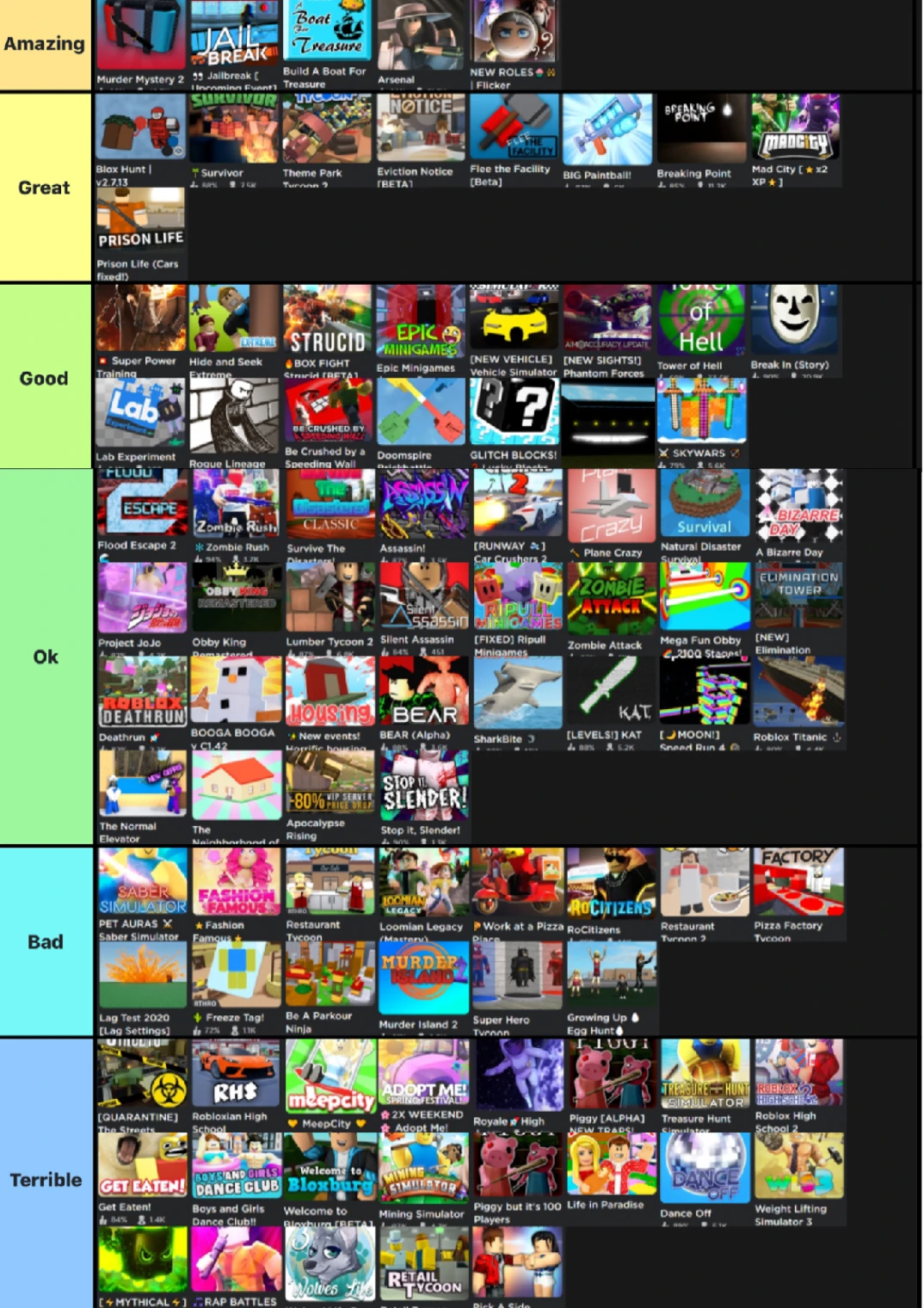Foods, Free Full-Text
Por um escritor misterioso
Last updated 29 julho 2024
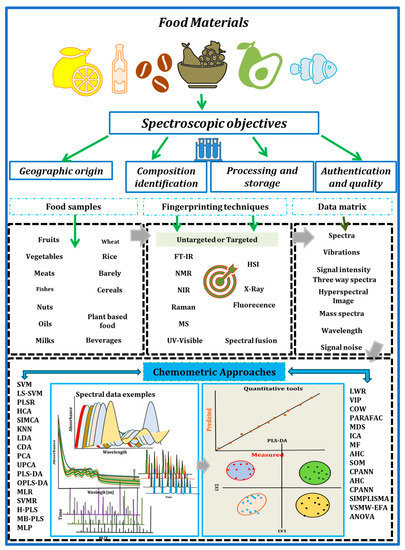
In today’s era of increased food consumption, consumers have become more demanding in terms of safety and the quality of products they consume. As a result, food authorities are closely monitoring the food industry to ensure that products meet the required standards of quality. The analysis of food properties encompasses various aspects, including chemical and physical descriptions, sensory assessments, authenticity, traceability, processing, crop production, storage conditions, and microbial and contaminant levels. Traditionally, the analysis of food properties has relied on conventional analytical techniques. However, these methods often involve destructive processes, which are laborious, time-consuming, expensive, and environmentally harmful. In contrast, advanced spectroscopic techniques offer a promising alternative. Spectroscopic methods such as hyperspectral and multispectral imaging, NMR, Raman, IR, UV, visible, fluorescence, and X-ray-based methods provide rapid, non-destructive, cost-effective, and environmentally friendly means of food analysis. Nevertheless, interpreting spectroscopy data, whether in the form of signals (fingerprints) or images, can be complex without the assistance of statistical and innovative chemometric approaches. These approaches involve various steps such as pre-processing, exploratory analysis, variable selection, regression, classification, and data integration. They are essential for extracting relevant information and effectively handling the complexity of spectroscopic data. This review aims to address, discuss, and examine recent studies on advanced spectroscopic techniques and chemometric tools in the context of food product applications and analysis trends. Furthermore, it focuses on the practical aspects of spectral data handling, model construction, data interpretation, and the general utilization of statistical and chemometric methods for both qualitative and quantitative analysis. By exploring the advancements in spectroscopic techniques and their integration with chemometric tools, this review provides valuable insights into the potential applications and future directions of these analytical approaches in the food industry. It emphasizes the importance of efficient data handling, model development, and practical implementation of statistical and chemometric methods in the field of food analysis.

Supreme Pizza, 11 oz at Whole Foods Market
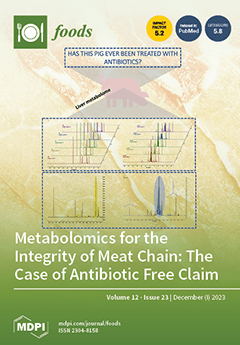
Foods December-1 2023 - Browse Articles
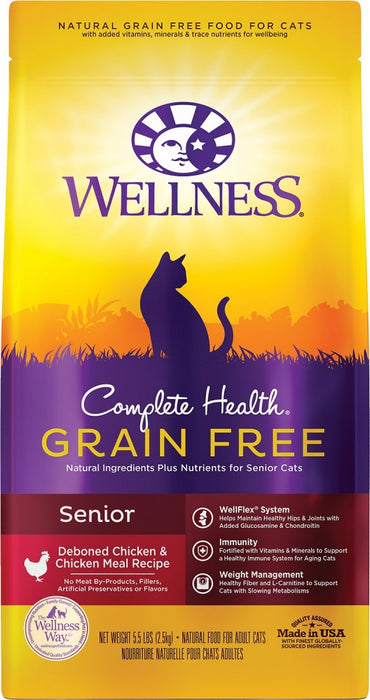
Wellness Complete Health Deboned Chicken & Chicken Meal Grain Free

Open Farm Grain Free Surf and Turf Recipe Freeze Dried Raw Dog Food Pa
Delicately Sweet, Crispy And Full Of Vanilla, These Organic Wafers Make Dessert Better In So Many Ways-Crunched Up As A Crust For Cheesecake, Layered

365 by Whole Foods Market, Organic Vanilla Wafers, 9 Ounce
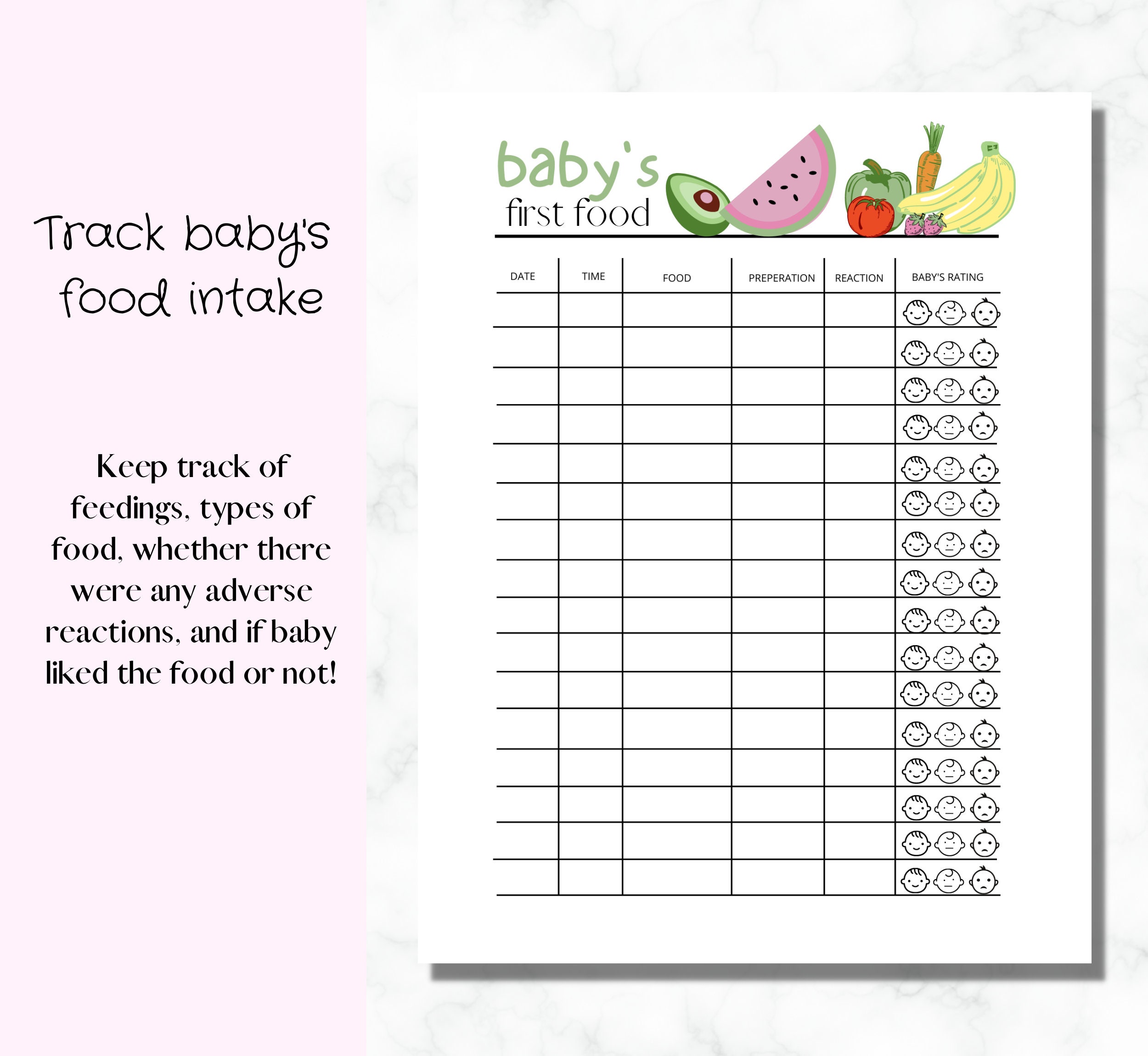
Baby's First 100 Food List to Feed Your Baby Before Age 1
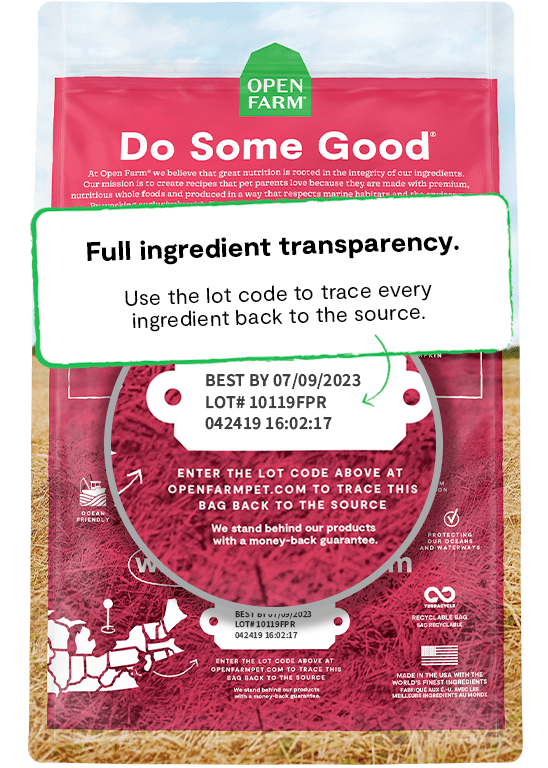
Open Farm Grain-Free Wild-Caught Salmon Recipe Dry Dog Food
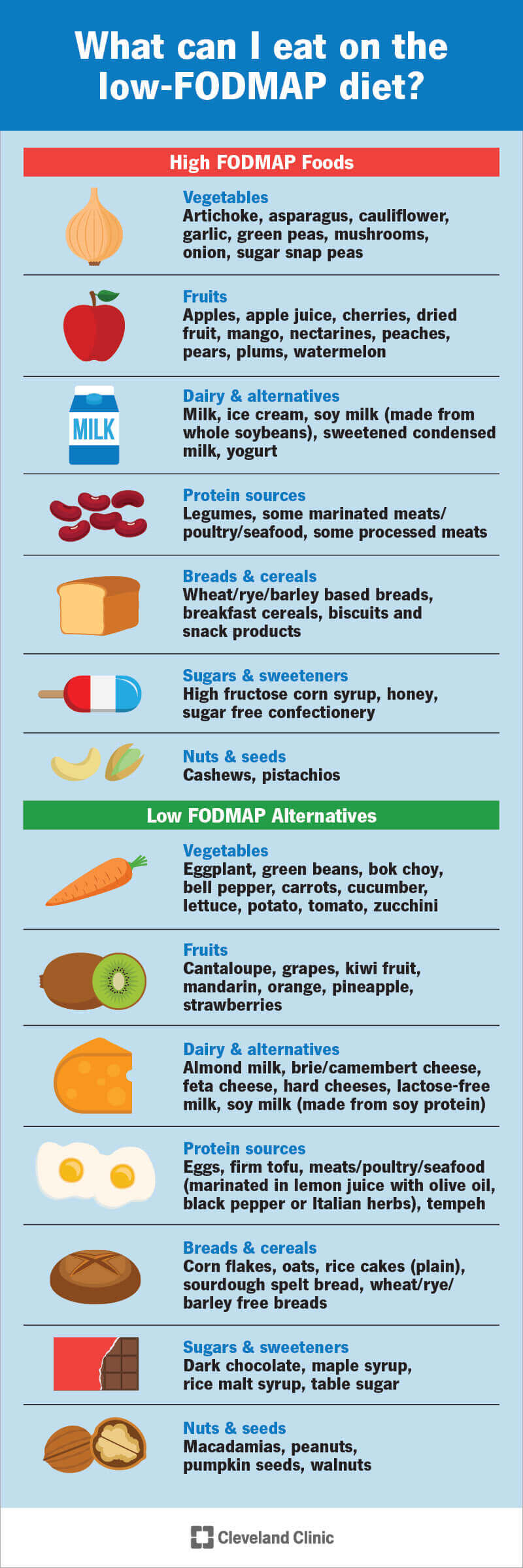
Low Fodmap Diet: What it Is, Uses & How to Follow
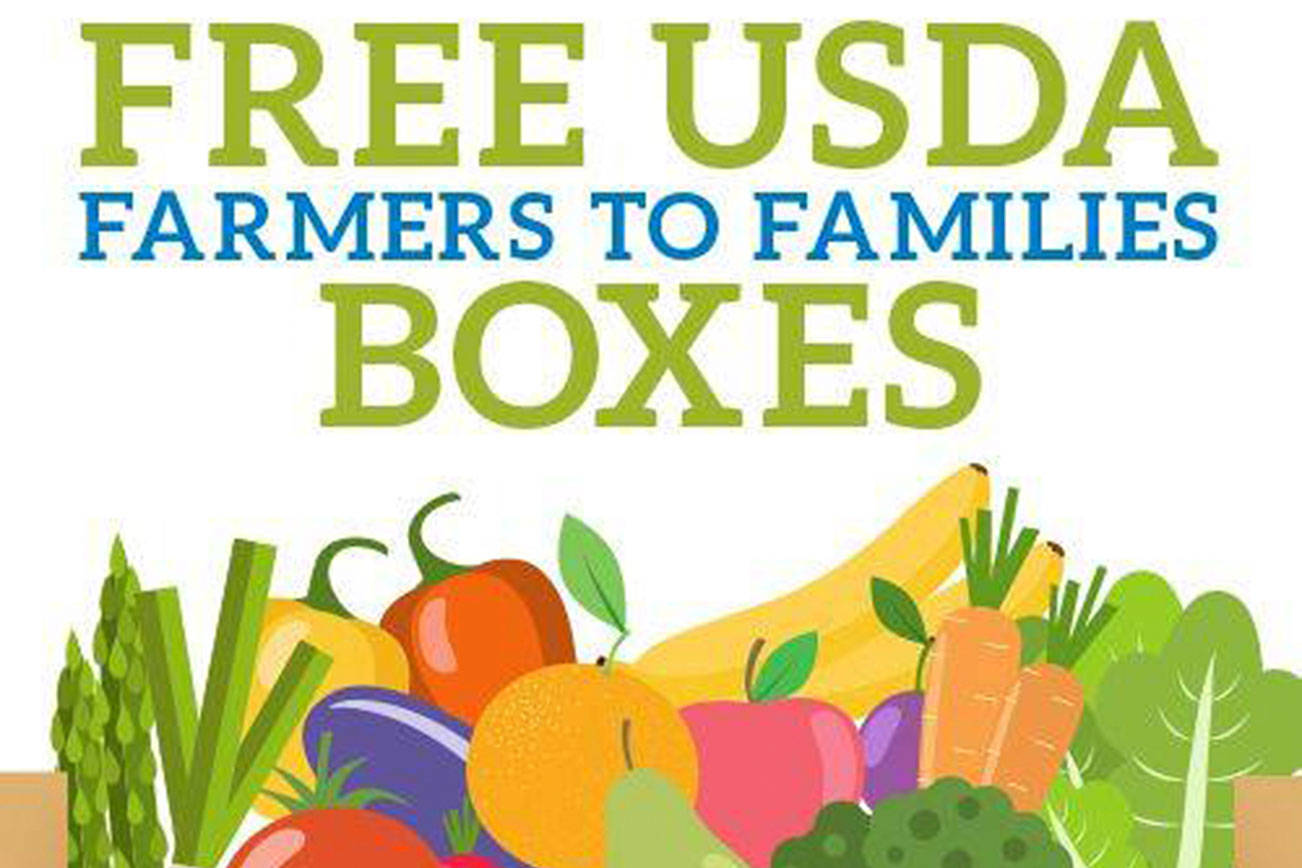
Food boxes to be given away to Federal Way School District

Home harmony
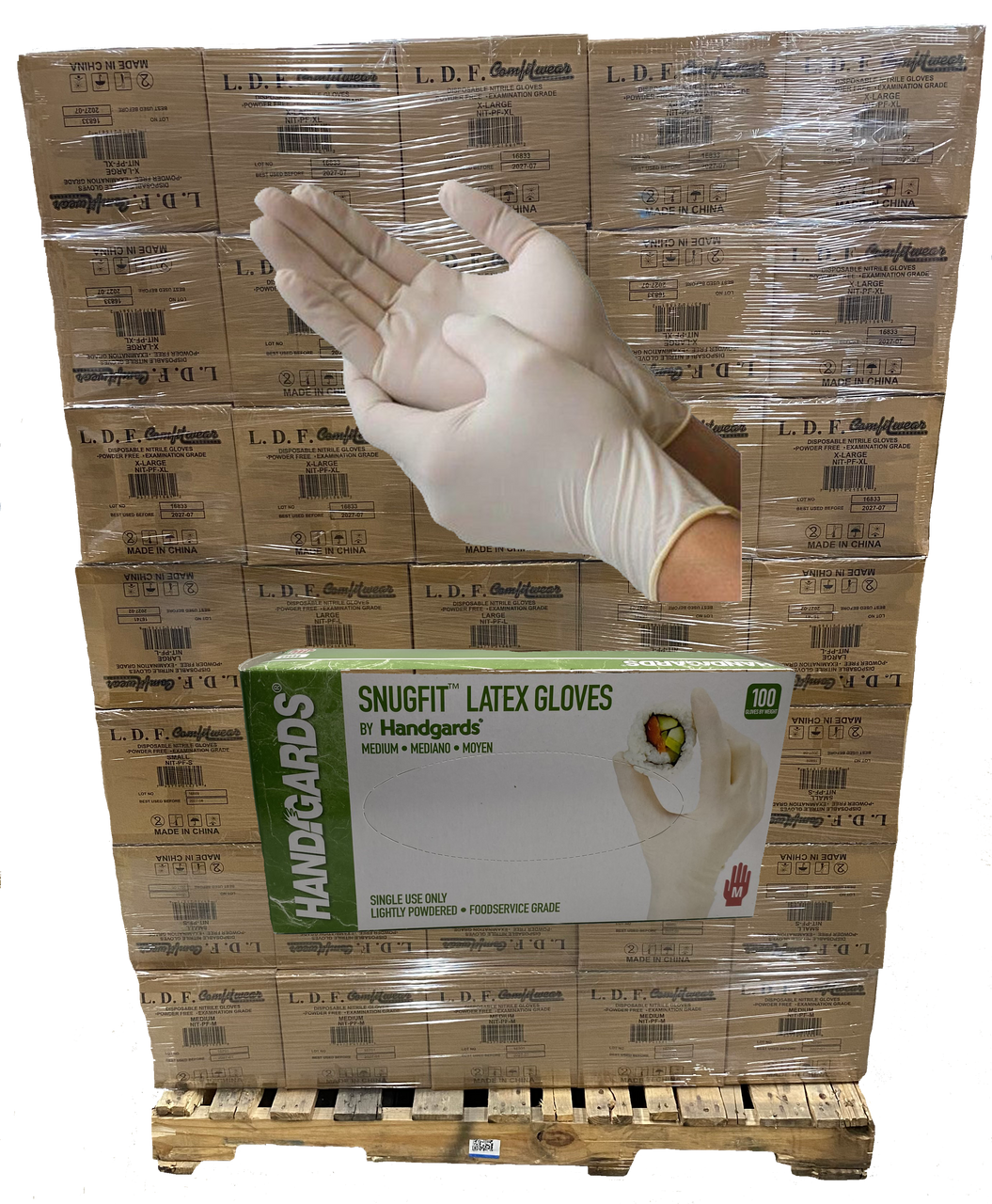
Full Pallet Of Food Grade Powdered Latex Gloves *Medium only (65

Full Flavor Foods Gluten Free Turkey Gravy Mix, 1.06 oz (30g
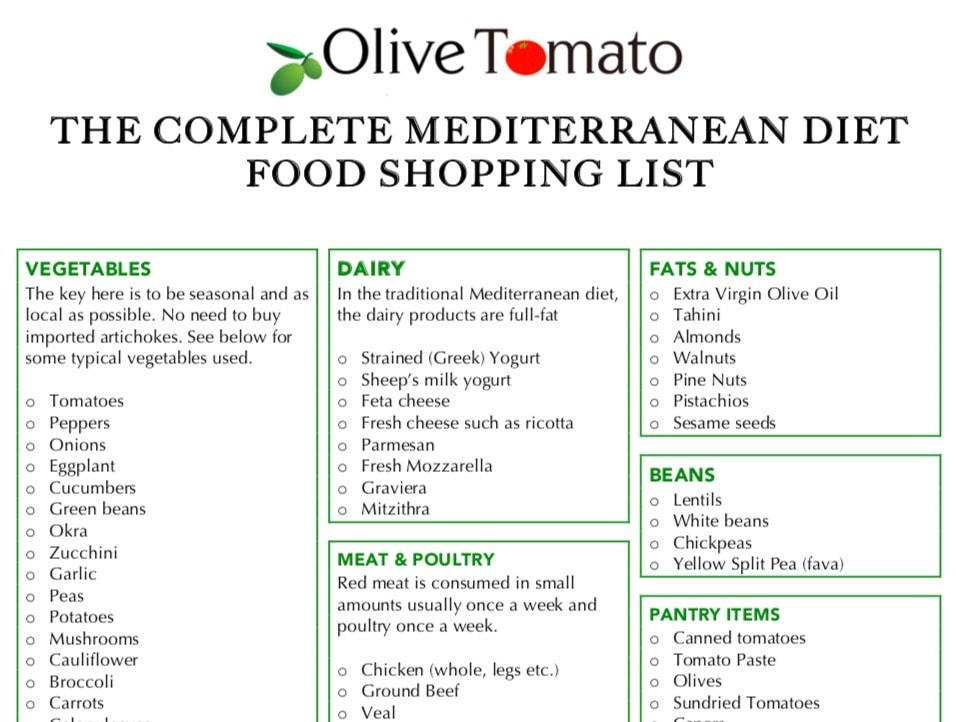
The Complete Mediterranean Diet Food List + 5-Day Menu Plan and
Recomendado para você
-
 Truco Online grátis - Jogos de Cartas29 julho 2024
Truco Online grátis - Jogos de Cartas29 julho 2024 -
 The Importance of Understanding Psychology for students29 julho 2024
The Importance of Understanding Psychology for students29 julho 2024 -
 truco - banana games - 01/out/2009 - 19:00h29 julho 2024
truco - banana games - 01/out/2009 - 19:00h29 julho 2024 -
 Truco, marréco!29 julho 2024
Truco, marréco!29 julho 2024 -
Eu sou uma banana #jogos #jogosdetabuleiro #diversao #amigos #memes #e29 julho 2024
-
 Benji Bananas Adventures Level 52 / Benji Banana29 julho 2024
Benji Bananas Adventures Level 52 / Benji Banana29 julho 2024 -
 Ghostly bananas and Jack-O-Lantern Clementines: Healthy treats for the kids' school H…29 julho 2024
Ghostly bananas and Jack-O-Lantern Clementines: Healthy treats for the kids' school H…29 julho 2024 -
JOÃO 🍌 BANANA #darwin #gumball #incrivelmundodegumball29 julho 2024
-
Bacana Games: Buraco & Slots – Apps no Google Play29 julho 2024
-
 Jumbo Banana Split Playing Card Deck - Magic Trick - Bicycle Big Box - Comedy29 julho 2024
Jumbo Banana Split Playing Card Deck - Magic Trick - Bicycle Big Box - Comedy29 julho 2024
você pode gostar
-
The Tennessean at work over the years29 julho 2024
-
 Maedack Luffy Chapéu de palha multifuncional anime personagem de29 julho 2024
Maedack Luffy Chapéu de palha multifuncional anime personagem de29 julho 2024 -
 Jogos De Guerra Xbox One29 julho 2024
Jogos De Guerra Xbox One29 julho 2024 -
 Flower Sewing Sticker by Folk Alliance International for iOS & Android29 julho 2024
Flower Sewing Sticker by Folk Alliance International for iOS & Android29 julho 2024 -
 Devil May Cry 4 2008 TRIAL Ver., Devil May Cry Wiki29 julho 2024
Devil May Cry 4 2008 TRIAL Ver., Devil May Cry Wiki29 julho 2024 -
 Vs. MrBeast (Fah Artist), Funkipedia Mods Wiki29 julho 2024
Vs. MrBeast (Fah Artist), Funkipedia Mods Wiki29 julho 2024 -
 Desenhos de Lindo Bebê Dinossauro para Colorir e Imprimir29 julho 2024
Desenhos de Lindo Bebê Dinossauro para Colorir e Imprimir29 julho 2024 -
 FIDE World Chess Championship Game 2: Adventurous Carlsen29 julho 2024
FIDE World Chess Championship Game 2: Adventurous Carlsen29 julho 2024 -
 It all starts with playing game seriously - Chapter 8029 julho 2024
It all starts with playing game seriously - Chapter 8029 julho 2024 -
Here is my roblox games tier list29 julho 2024


